Articles in the Articles Category
The clout of Indian bureaucracy is demonstrated, again.
On July 20, the Union Cabinet of India approves …
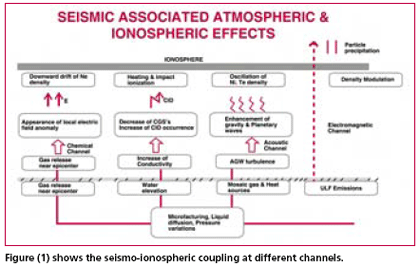
Early warning of earthquakes has actually become the main goal of seismology. And though seismic prediction started as a purely seismological discipline, it now involves hydrology, hydro -geochemistry, measurement of telluric and magnetic fields etc. The parameters under observations for the purpose of diagnosing seismic regimes include hydro -chemical parameters, atmospheric electrical disturbances, electromagnetic emissions, anomalous disturbances in the ionosphere and the magnetosphere recorded by satellite.
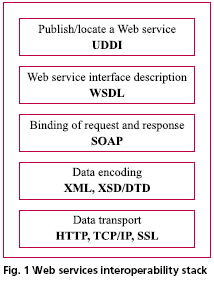
There are numerous types of GPS receivers in the current international marketplace, ranging from inexpensive, low accuracy handheld devices to expensive, high precision geodetic equipment. By and large, low–cost GPS receivers (whether sold as a plug– in hardware device or as a complete navigation and positioning receiver) have almost assumed mass market status in the consumer electronics industry. Recent advances in micro and wireless technology, reductions in consumer costs, and the apparent growth of the Location Based Services (LBS) industry have somewhat fuelled the need for mobile (information communications and technology) consumers to become “location aware”.

IRNSS to be independent of other constellations
The Indian Space Research Organisation (ISRO) will be establishing a satellite navigation system on the lines of the US GPS. The proposed Indian Regional Navigation Satellite System (IRNSS), which will consist of a constellation of eight satellites, is likely to be operational in six years time.
The Union Cabinet had approved the Rs 1,600 crore project in May this year. According to Madhavan Nair, Chairman ISRO the IRNSS would be developed indigenously and will be independent of other constellations.
India, a happening place.
Right to information, New Map Policy, and now a government resolution on NSDI.
A visible change in …
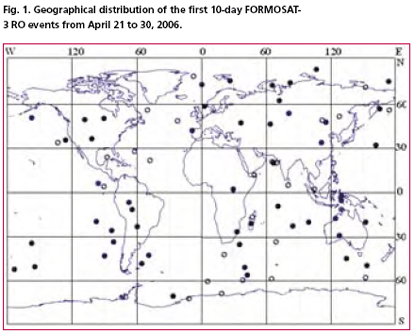
Six tiny FORMOSAT-3 satellites that were sped into space on April 15, 2006 are designed for systematic mass scale radio occultation (RO) studies of the Earth atmosphere and ionosphere at different altitudes by use of the GPS signals. Termed as the Formosa Satellite-3/ Constellation Observing System for Meteorology, Ionosphere, and Climate (FORMOSAT-3/COSMIC) mission, the new constellation’s primary science goal is to obtain in near real time the vertical profiles of temperature, pressure, refractivity, and water vapor in the neutral atmosphere, and the electron density in the ionosphere with global coverage. The measurements during five years of mission life will provide about 2,500 soundings per day, thus generating extensive information to support operational global weather prediction, climate change monitoring, ionospheric phenomena, and space weather research. The theory of RO measurements has been described previously (Gurvich and Krasilnikova, 1988; Yunck, 1988; Yakovlev, 2002; Hajj et al., 2002). During last four years, essential modernization in the RO technique has been introduced (e.g., Liou et al., 2002, 2006; Pavelyev et al., 2004 and references therein).


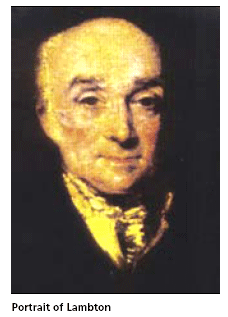
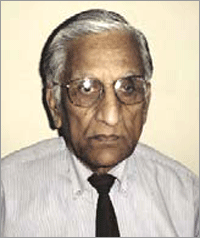









 (5.00 out of 5)
(5.00 out of 5)